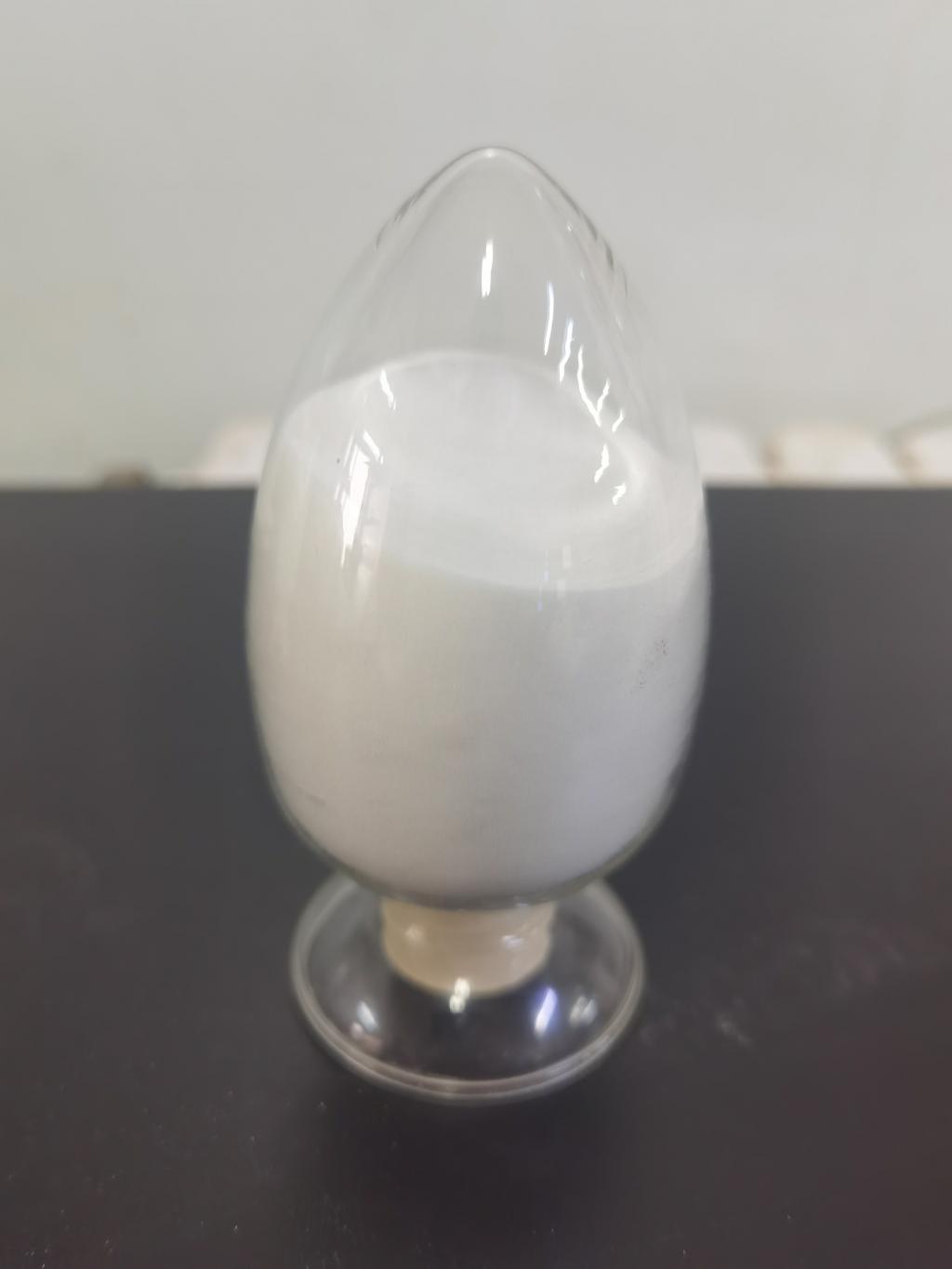Tel:+8618231198596

News
 CONTACT
CONTACT
 CONTACT
CONTACT
- Linkman:Linda Yao
- Tel: +8618231198596
- Email:linda.yao@dcpharma.cn
- Linkman:CHARLES.WANG
- Department:Overseas
- Tel: 0086 0311-85537378 0086 0311-85539701
News
Current Position:
Home >
News
>ε-Polylysine Hydrochloride in the Era of Precision Nutrition: A Paradigm Shift
ε-Polylysine Hydrochloride in the Era of Precision Nutrition: A Paradigm Shift
TIME:2024-01-16
Introduction:
Precision nutrition represents a significant advancement in the understanding of how individual differences influence dietary needs and responses. As we delve deeper into the era of personalized health, this article explores the potential contributions of ε-Polylysine Hydrochloride to precision nutrition and the implications for optimizing dietary interventions.
Precision Nutrition: An Overview
2.1 Definition and Principles:
Precision nutrition involves tailoring dietary recommendations to an individual's unique characteristics, considering genetic predispositions, metabolic profiles, and lifestyle factors. This section provides an overview of the core principles of precision nutrition and its potential to enhance health outcomes.
2.2 Advancements and Applications:
Recent advancements in technology, such as genomic and metabolomic profiling, have enabled the emergence of precision nutrition. This section discusses breakthroughs in the field, including the use of biomarkers, personalized dietary plans, and the integration of technology in delivering tailored nutritional advice.
ε-Polylysine Hydrochloride: Molecular Insights
3.1 Structure and Function:
Before exploring its potential in precision nutrition, a detailed examination of the molecular structure and function of ε-Polylysine Hydrochloride is essential. This section outlines the unique features of ε-Polylysine Hydrochloride, emphasizing its antimicrobial properties and the factors that contribute to its specificity.
3.2 Interaction with Precision Nutrition:
Research suggests that ε-Polylysine Hydrochloride may interact with precision nutrition approaches in various ways. This could include its role as a dietary supplement, its impact on gut microbiota, and its potential modulation of metabolic pathways. This section explores the molecular basis for these interactions.
Recent Developments in ε-Polylysine Hydrochloride Research:
This section reviews the latest developments in ε-Polylysine Hydrochloride research, focusing on studies that have explored its impact on metabolic processes, nutrient absorption, and overall health. Recent findings related to its potential in addressing specific nutritional needs are discussed.
Nutritional Implications:
While much of the research on ε-Polylysine Hydrochloride and precision nutrition is in the early stages, this section explores potential nutritional implications. It discusses how ε-Polylysine Hydrochloride may be integrated into dietary plans to address individual needs, enhance nutrient absorption, and promote overall well-being.
Safety and Toxicity Profile:
Any potential dietary supplement must be evaluated for safety. This section discusses the safety and toxicity studies conducted on ε-Polylysine Hydrochloride, addressing concerns related to dosage, potential side effects, and its overall safety for use in precision nutrition.
Synergies with Existing Nutraceuticals:
Exploring potential synergies between ε-Polylysine Hydrochloride and existing nutraceuticals is crucial for optimizing precision nutrition interventions. This section examines studies that investigate combination strategies, offering insights into the synergistic effects that may arise from combining ε-Polylysine Hydrochloride with other nutritional compounds.
Future Directions:
As ε-Polylysine Hydrochloride takes center stage in precision nutrition, several future directions and challenges emerge. This section discusses potential avenues for further research, including clinical trials, optimization of delivery methods, and the development of personalized nutritional formulations.
Conclusion:
In conclusion, ε-Polylysine Hydrochloride presents a fascinating prospect in the era of precision nutrition. Its unique properties, coupled with its potential interactions with individualized dietary plans, position it as a promising candidate for optimizing nutritional interventions. As research progresses, the integration of ε-Polylysine Hydrochloride into precision nutrition holds the promise of contributing to a more personalized and effective approach to dietary recommendations, enhancing overall health and well-being.
- Tel:+8618231198596
- Whatsapp:18231198596
- Chat With Skype







